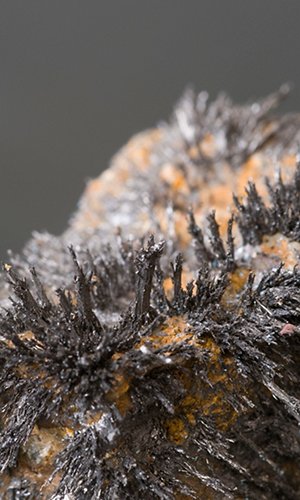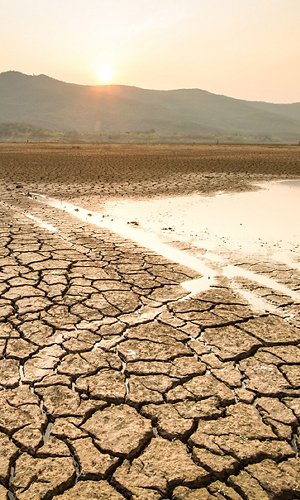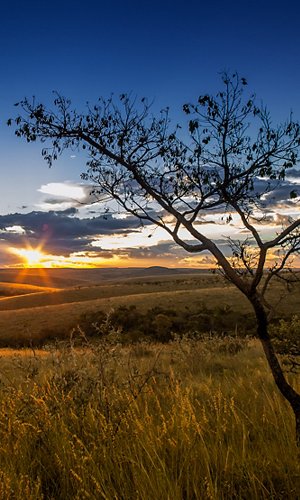White sandy beaches where winter never comes, the most exhilarating Carnivals in the world, the largest forest on Earth: these are some of the rarities for which Brazil is known. Yet, between the layers and folds of very ancient rock, between the African city of Salvador de Bahia and the geometric capital Brasilia, is one of the most unique naturalistic jewels in this South American country: Chapada Diamantina, that is, the “diamond plateau”.
Once valued above all by explorers in search of gemstones, Chapada Diamantina is now an authentic treasure chest for geologists, biologists, speleologists and nature lovers of all kinds. Are you ready to dive into crystal-clear pools, into the secrets of its caves and into the canyons eroded by its rivers?
Voice search
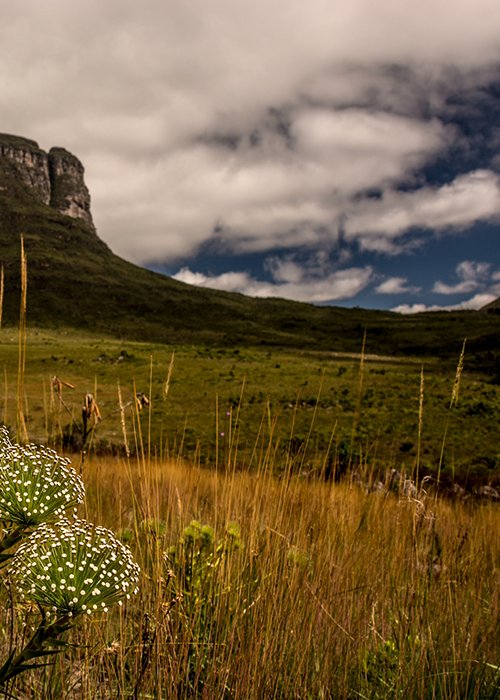
Chapada Diamantina: a treasure beyond gemstones
History
The first inhabitants of Chapada Diamantina were indigenous Brazilian peoples and up to the beginning of the 18th century, European colonists did not establish any settlements in this area. In 1844, with the discover of the enormous deposits of diamonds along the Rio Mucugê, there was an authentic explosion of migrants. From then onwards, thousands of diamond seekers arrived from all over the Country to sift the rivers, living in tent encampments, which gave rise to the name Lençois – “sheet” in Portuguese – the main town on the Chapada Diamantina.
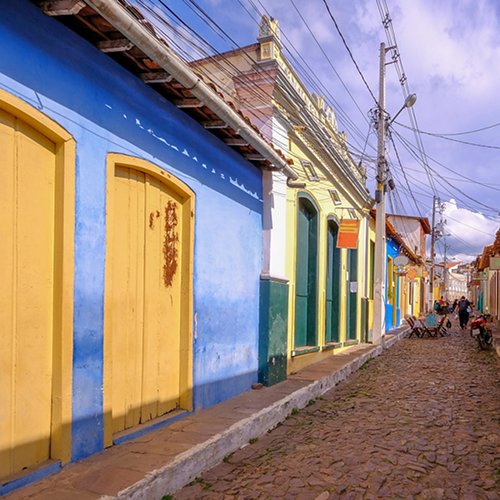
Later, the area proved to be full of gems suitable for industrial use and thus intense mining operations began. The French began purchasing the materials originating in the Chapada for the excavations that they were conducting for the Panama Canal, the St. Gotthard Tunnel and the London underground railway. It was precisely in this period, towards the end of the 1800s, that a French vice-consul was appointed in Lençois and numerous colonial houses, the very ones that still characterise the villages in the area, were built.
However, the resources of the land are not infinite, and towards the end of the 20th century – when the mines were worked out and new and more easily accessible deposits were found in South Africa – the mining economy of Lençois began to decline. It was a decline that would leave room for another economic activity: that of tourism.
After a sudden reversal in the diamond trade, which went through a stage that was destructive to the ecosystem, involving the use of powerful hydraulic pumps, now prohibited, in 1985 the National Park was set up opening up the Chapada Diamantina to ecotourism.
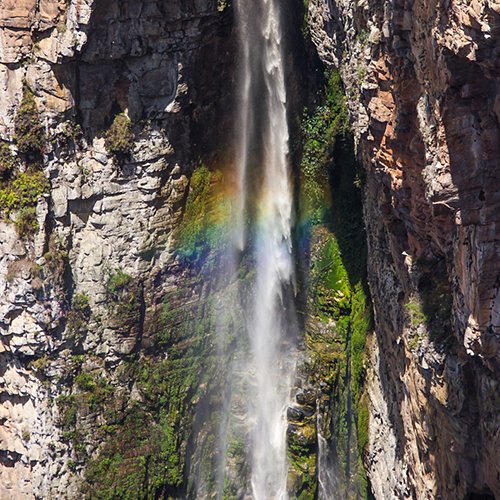
The Fumaça Waterfall
The territory and geology
The Chapada Diamantina National Park covers around 152 thousand hectares, at an average altitude of 1000 metres, with peaks soaring to over 2000 metres, and a tropical semi-humid climate.
Chapada Diamantina lies on the so-called “Brazilian shield”, a portion of the earth’s crust occupying the central part of Brazil and one of the oldest continental areas on the whole planet. According to geologists, in fact, the rocks that form this plateau date from the Precambrian era (that is earlier than 570 million years ago). Later, during the Palaeozoic era, the sedimentary basement forming the rocks of the Chapada Diamantina plateau were deposited. We are talking about a very ancient era when Africa, South America, the Antarctic, Australia, the Middle East and India were joined forming a single supercontinent – Gondwana – and animals began to colonise the lands above sea level. What is now Brazil was next to the area that is now Namibia while, in the northern hemisphere, Europe, Asia and North America were joined to form the Laurasia supercontinent.
Since then, many things have changed: the tectonics of the plates and evolution have taken their course and atmospheric factors have played their part in changing the landscape to its current morphology, with its numerous canyons, caves and waterfalls. Perhaps the most famous of these is the Fumaça waterfall which, with a drop of 380 metres, produces an unusual phenomenon: the water falls so far that it evaporates before reaching the ground!
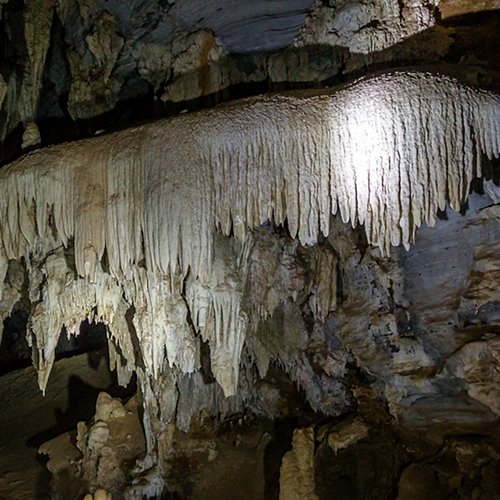
Gruta da Lapa, stalactites and stalagmites
The territory and geology
The Chapada Diamantina National Park covers around 152 thousand hectares, at an average altitude of 1000 metres, with peaks soaring to over 2000 metres, and a tropical semi-humid climate.
Chapada Diamantina lies on the so-called “Brazilian shield”, a portion of the earth’s crust occupying the central part of Brazil and one of the oldest continental areas on the whole planet. According to geologists, in fact, the rocks that form this plateau date from the Precambrian era (that is earlier than 570 million years ago). Later, during the Palaeozoic era, the sedimentary basement forming the rocks of the Chapada Diamantina plateau were deposited. We are talking about a very ancient era when Africa, South America, the Antarctic, Australia, the Middle East and India were joined forming a single supercontinent – Gondwana – and animals began to colonise the lands above sea level. What is now Brazil was next to the area that is now Namibia while, in the northern hemisphere, Europe, Asia and North America were joined to form the Laurasia supercontinent.
Since then, many things have changed: the tectonics of the plates and evolution have taken their course and atmospheric factors have played their part in changing the landscape to its current morphology, with its numerous canyons, caves and waterfalls. Perhaps the most famous of these is the Fumaça waterfall which, with a drop of 380 metres, produces an unusual phenomenon: the water falls so far that it evaporates before reaching the ground!
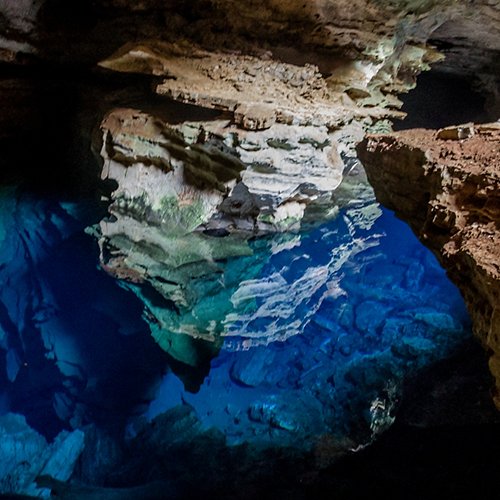
Poço Azul (Blue Well) and its calm and transparent water
The ecosystems
Its geographical position, varying altitudes and great geological diversity make Chapada Diamatina an ideal place for widely differing ecosystems: from the Mata Atlantica (the Brazilian rainforest that stretches as far as the ocean) to the sertao (semi-arid climate).
As a result, even the species populating the area differ greatly from one another: from xerophytes, plants that due to their biological or morphological characteristics are able to survive in environments with very little humidity, to the tall trees in the Atlantic forest, not to mention endemic species, like the Adamantinia miltonioides, belonging to the orchid family. While there are not very many large mammals, there is a great variety of animals including numerous reptiles, amphibians, insects and birds, some of which, like the Lumachelle hummingbird, are endemic.
In short, between dips in clear or ferrous cola-coloured waters, walks in the Mata Atlantica, flowers and birds of all hues, Chapada Diamantina is one of humanity’s authentic treasures and is protected by IUCN, the International Union for Conservation of Nature. Biodiversity has proved to be at least as precious as diamonds for this territory. A caution, however: ecotourism too requires a strong commitment and a sound sense of responsibility on the part of everyone in order to preserve and enhance nature!
by Anna Pellizzone

